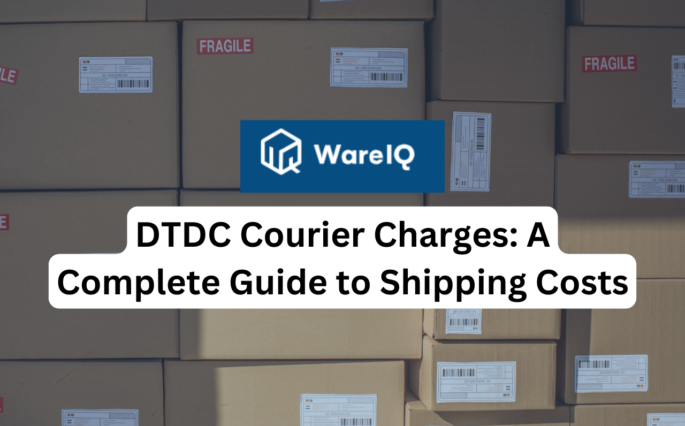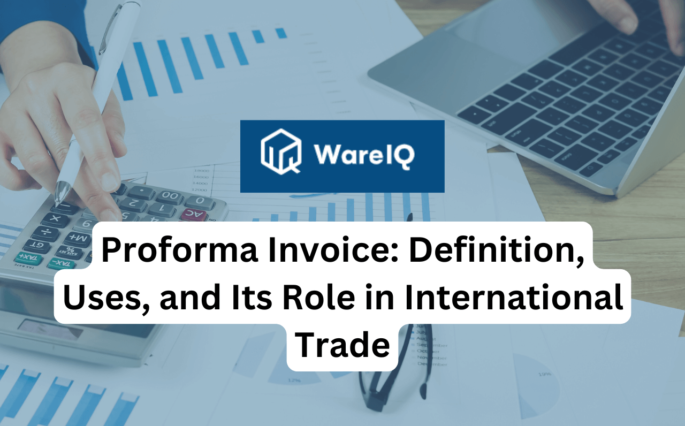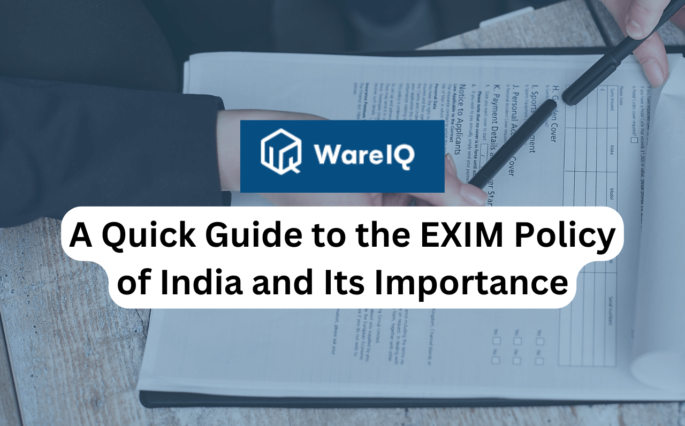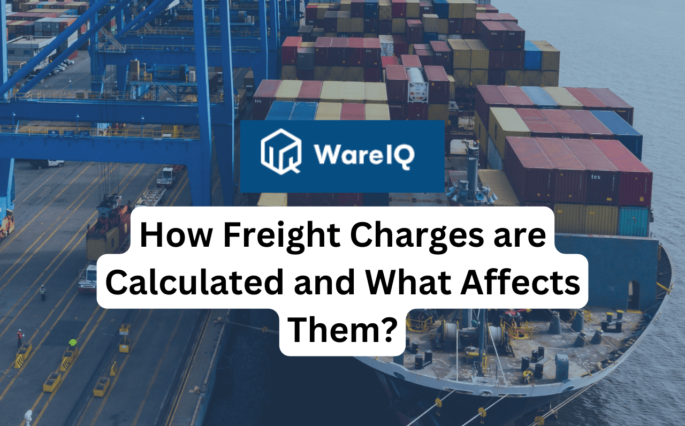Blogs

How to Become an IndiaMART Seller: A Simple Step-by-Step Guide (2025-26)
The e-commerce landscape in India has seen an upward trend, especially in the last decade. As per an EY report, 75% of Indians prefer shopping online to physically visiting the stores. With the growing number of e-commerce platforms and the amount of discounts available when shopping online, the number is increasing at a steady rate. Regarding the e-commerce industry in India, IndiaMART is one of the key players. IndiaMART is the leading B2B marketplace online. As of January 2025, there are 82 lakh sellers and more than 20.6 crore buyers. Hence, IndiaMART is a great e-commerce platform for growing your business online. In this article, we will understand what makes IndiaMART the best online marketplace and how you can become an IndiaMART seller with simple and quick steps.IndiaMART: Company OverviewIndiaMART is one of the largest e-commerce marketplaces that provides a one-stop solution for all business needs. The platform has products from 56+ industries. There are more than 11 crore products on the platform, ranging from building construction materials to electronics, pharmaceutical drugs, and many more.By becoming sellers on IndiaMART, businesses can reach a vast audience and enhance brand visibility. Due to the massive number of suppliers selling almost all types of products on the platform, IndiaMART's annual revenue in 2024 was around 12 billion INR.The website offers everything a customer could want. For some products, customers can also check the prices of wholesalers, retailers, and manufacturers. The website also provides supplier numbers for retailers or wholesalers who wish to buy in bulk. Customers who want to order in bulk can also contact the supplier to request a quote.Small businesses get the opportunity to grow exponentially by buying from trustworthy suppliers. Moreover, the website is user-friendly, making it easy to browse and check various aspects of a product.Scaling your business with zero commissions or transaction fees is possible with IndiaMART. The platform also allows you to manage your business better with lead management systems and other essential tools for sellers.So, whether you are a manufacturer or retailer, IndiaMART is one of the best platforms for growing your business online since more than 100 million users trust it.How to Become an IndiaMART Seller: Simple and Easy to Follow GuideIndiaMART registration is free and can be completed in just a few steps. Below is an easy guide to help you become an IndiaMART seller in minutes.Step 1: Visit the IndiaMART seller portal. Once you reach the website, you will see the free registration/sign-in option. Enter your phone number and click on “start selling”. However, ensuring that the number you enter is linked with the company registration is necessary.Step 2: You will receive an OTP on your mobile number. Enter the OTP in the required space.Step 3: Add your business details, like your name, business name, or company name, and email. Now, click on “verify email”. Once you do so, you will receive a verification link in your email. Open your email and click on the link to verify. You can also verify your email later.Step 4: Add your products. You must mention the product category you would like to sell. You can add two or more products and their images and click "continue".Step 5: Enter the business address. Fill in the PIN code, city, and state, then click "continue".Step 6: Next, you need to add your GST number. If you don't have a GST number, select other options from the list and click "Start Selling".Your account has now been created, and your profile is complete. You will now be redirected to any IndiaMART seller dashboard where you can add more products. You can access the IndiaMART dashboard through the seller portal on your desktop or laptop or use the IndiaMART Seller Login on the IndiaMART app.Note: It can take seven days for your products to appear in the listing.How to Sell on IndiaMART?To start selling on IndiaMART, you can simply log into your IndiaMART Seller Account with your number and OTP and follow the steps below:Step 1: On the left side of the page, click on products. Step 2: Enter product details like the detailed description, name, dimensions, etc.Step 3: Upload high-quality product images. If possible, you can also upload product videos.Step 4: Review the listing and click on Finish to complete.Your products will now be added. To achieve the best results, make sure to check the dashboard to check new enquiries and orders.How to Get More Sales on IndiaMART Seller Account?To scale your business, you can opt for the premium services IndiaMART provides to its sellers. The free listings are sufficient to get sales; however, to boost your visibility significantly, premium services are what you need. Below is the list of some of the premium services that can help you to maximise your profits and get more sales:Get the Star Supplier Package: This paid package enhances your prominence on the website. It will increase your visibility, leading to more enquiries and orders.Get TrustSEAL Verification: A third-party verification that adds a badge to your profile. The badge creates confidence in retailers and customers when they come across your products.Get Maximiser Service: This service by IndiaMART provides a personal domain to businesses that offer a professional online identity. Companies can get 360° visibility and attract new buyers.Get IndiaMART Mini Dynamic Catalogue (MDC) service: This enables IndiaMART sellers to construct an online catalogue. It allows vendors to showcase their products in an eye-catching and dynamic way that is more appealing to customers.Get IndiaMART Verified Exporter Service: This service gives businesses exclusive access to international leads. Verified exporters are also given a special badge on profiles that reflect their identity and reliability to global buyers.Also check - How to Sell on Blinkit and How to become meesho sellerAchieve Better Sales With Extraordinary E-commerce Solutions From WareIQ WareIQ is a Y-Combinator-backed eCommerce full-stack platform offering multi-channel fulfillment across D2C, Marketplaces, Quick Commerce, and B2B (General Trade & Modern Trade)Our solution offers:Pan-India network of Seller Flex & FAssured compliant across 12+ cities operated by WareIQ and shipping partners for last-mile delivery across 27000+ pin codesMulti-Channel Fulfillment Platform with plug-and-play integrations across marketplaces (Amazon, Flipkart, Myntra, Nykaa, etc.), D2C platforms (Shopify, Magento, Woocommerce, etc.), WMS, and ERPs to support fulfilment across distributors, flagship stores and eCommerce channels with analytics capabilities to assess operational performanceInventory LogIQ: AI-led multi-channel inventory planning solution to minimise stockouts and automate replenishmentLeverage the tech-enabled returns QC solution to capture, centrally store, and auto-index HD media evidence of damaged or missing returned products and eliminate marketplace claims rejections.A host of seller enablement and support – dedicated account manager, APOB/PPOB registrations, GST registration, NDR & COD verification, etc.ConclusionIndiaMART is not just any other e-commerce platform where sellers can sell their products. It offers so much more to the sellers as well as the buyers. With more than 20.6 crore customers on the platform who can choose from various products across different industries, it offers a lot of potential to businesses looking to switch to online selling. Registering as an IndiaMART seller is extremely simple. Users can use their IndiaMART seller login to log into their account and start selling. Apart from the free registration and listings, sellers can also opt for paid services that give them a competitive edge over other sellers and get more customers and increase profits considerably.Related - How To Sell On MyntraFAQs About Becoming an IndiaMART SellerHow many free sellers are registered on IndiaMART?There are about 7.5 million free sellers registered on IndiaMART.What are the requirements for becoming an IndiaMART seller?To successfully register on IndiaMART as a seller, businesses need a valid business name and address, GST number, PAN card, bank details, and mobile number.What kind of products can be sold on IndiaMART?Sellers can select from a wide range of products. It can range from consumer products to industrial goods, machinery, textiles, and more.How can a seller handle customer enquiries?Sellers can reply to customer enquiries via the IndiaMART seller panel or the mobile application.Does IndiaMART allow selling internationally?Yes, selling internationally is possible with IndiaMART.How do I register on IndiaMART as a seller?To register as a seller on IndiaMART, visit seller.indiamart.com, click on “Start Selling”, and fill in your business details such as name, phone number, product categories, and location. Once submitted, IndiaMART will verify your information, and you can start listing products and receiving buyer inquiries.How can I sell products on IndiaMART?To sell products on IndiaMART, first register as a seller by providing your business details. After verification, you can list your products with descriptions and prices. Once listed, buyers can contact you through inquiries, and you can manage orders directly through your seller dashboard.What is necessary to complete the selling journey on IndiaMART?To successfully sell on IndiaMART, you need to:Complete your seller profile with accurate business details.Regularly update your product listings with clear images and descriptions.Respond promptly to buyer inquiries.Verify your contact information for trust and visibility.Maintain good ratings by ensuring timely deliveries and quality service.Consistent activity and trust-building help improve visibility and sales on the platform.Is it necessary for a seller to enter an OTP during registration on IndiaMART?Yes, entering an OTP (One-Time Password) is necessary during registration on IndiaMART. It helps verify the seller’s mobile number and ensures secure communication between buyers and sellers.How many registered buyers does IndiaMART have (latest)?IndiaMART reports having ~194 million registered buyers as of Q4 FY2023‑24.How do I create an account on seller.indiamart.sell to start listing my products?To start selling on seller.indiamart.sell, sign up using your mobile number, complete your business details, and add your product listings to activate your seller profile.Where can I find the official IndiaMART seller registration link to create my seller account?You can start your registration by visiting the official IndiaMART seller registration link, where you can sign up, verify your details, and begin listing your products.What is the IndiaMART minimum order quantity for buyers and sellers?The IndiaMART minimum order quantity (MOQ) is set individually by each seller based on their product type and business needs. Buyers can view or negotiate the MOQ directly with the seller on the product listing page.Are there any IndiaMART registration fees for new sellers?Basic seller onboarding on IndiaMART is free, but IndiaMART registration fees apply only if you choose paid membership plans that offer premium visibility and additional business benefits.
June 12, 2025
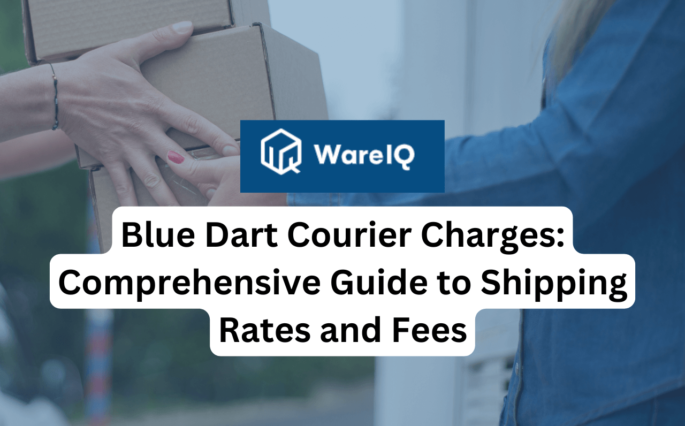

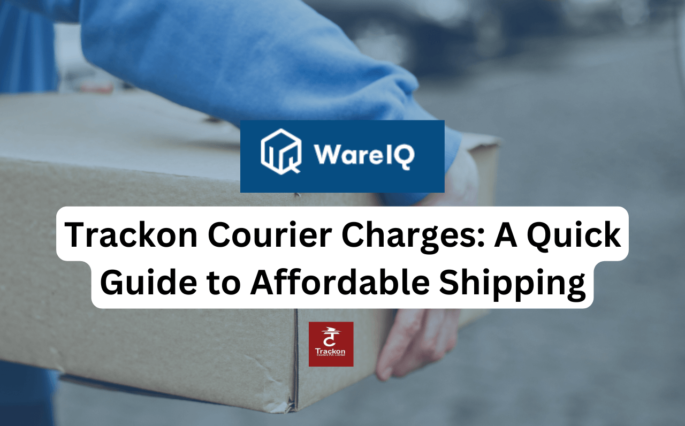
![Top 10 Products to Export From India [2025]](https://wareiq.com/wp-content/uploads/2025/06/Products-to-Export-From-India-685x426.png)
